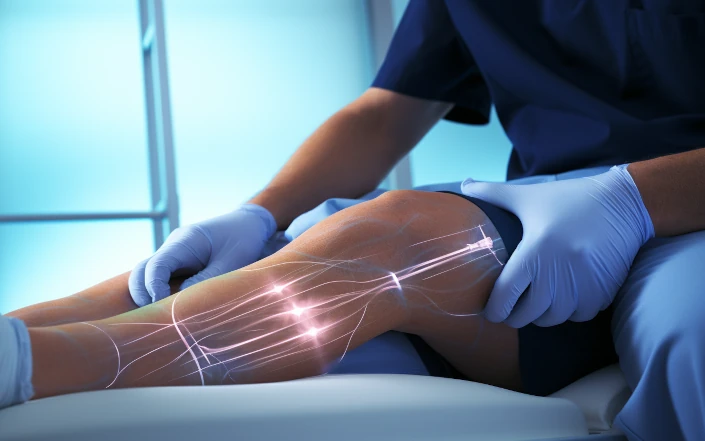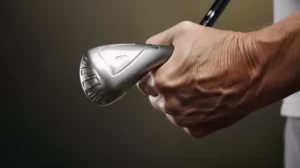Limited range of motion can be physically and emotionally challenging, causing pain and restricting daily activities. Stiff muscles, muscle spasms, constricted tendons, and inflamed joints all contribute to this condition. Chronic limited range of motion can result in the inability to play sports, walk long distances, and comfortably reach for objects in your everyday life. An old, holistic technique—the Muscle Energy Technique (MET)—can help reverse these limitations.
MET is a form of somatic correction through which the patient works together with a doctor to restore muscle and bone function, aiming to restore normal range of motion and alleviate pain. The technique involves applying muscle energy against a fixed barrier, such as the doctor’s hand. The force from the muscle meets the opposing force of the barrier, and the isometric contraction of the patient’s muscles leads to internal changes.
The process can be broken down into eight distinct steps:
- Obtain an accurate somatic assessment and diagnosis.
- Engage the restrictive barrier in all planes possible.
- Match the counterforce applied by the physician and patient, with the physician controlling the force.
- The patient applies isometric force in the opposite direction of the restriction, holding against the physician’s barrier for five to 21 seconds at the doctor’s discretion.
- After the count, the patient releases force but does not move the limb, allowing the muscles to relax completely.
- The physician moves the patient’s limb to the next barrier of pain or restriction.
- Steps 3-6 are repeated up to five times in one session, promoting the most significant change in range of motion without causing inflammation or rebound pain.
- Another somatic assessment is completed to determine the extent of corrections made and whether further sessions are required.
It is crucial to note that not all types of pain and range restrictions can be treated with MET. This technique is best suited for treating decreased range of motion caused by muscle spasms and tightness, hypertonic and hypotonic muscles, altered joint position, and decreased elasticity in ligaments and muscles. MET has proven successful in treating pain and limited range of motion in legs, hips, lower back, pelvis, mid-back, shoulders, and neck, as well as alleviating edema and respiratory dysfunctions.
If you suffer from limited range of motion, consider discussing MET with your physician. If they are not skilled in MET or cannot perform the technique themselves, ask for a referral to a practitioner who is trained in the method. It is essential to have a somatic assessment to determine the best course of action for your situation. If MET is a viable option, it is gentler and more specific than Proprioceptive Neuromuscular Facilitation (PNF) and other physical therapy or sports medicine modalities, and it can help restore your range of motion and reduce pain.



